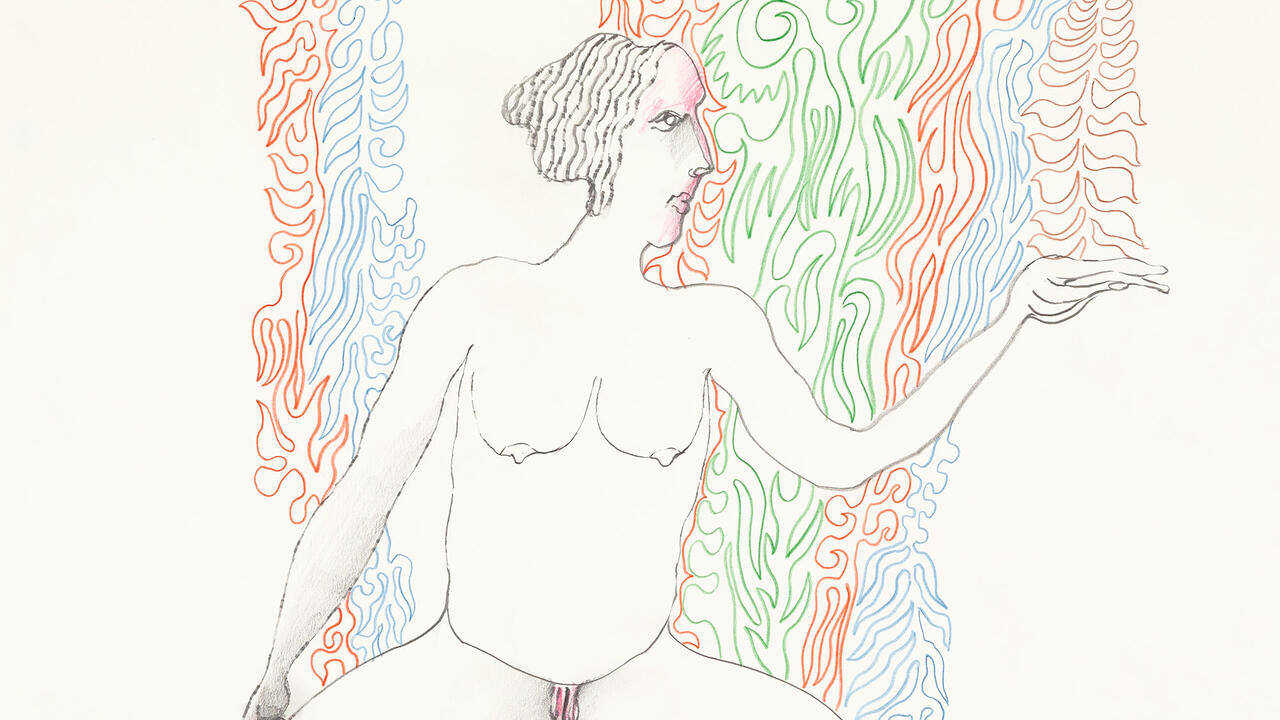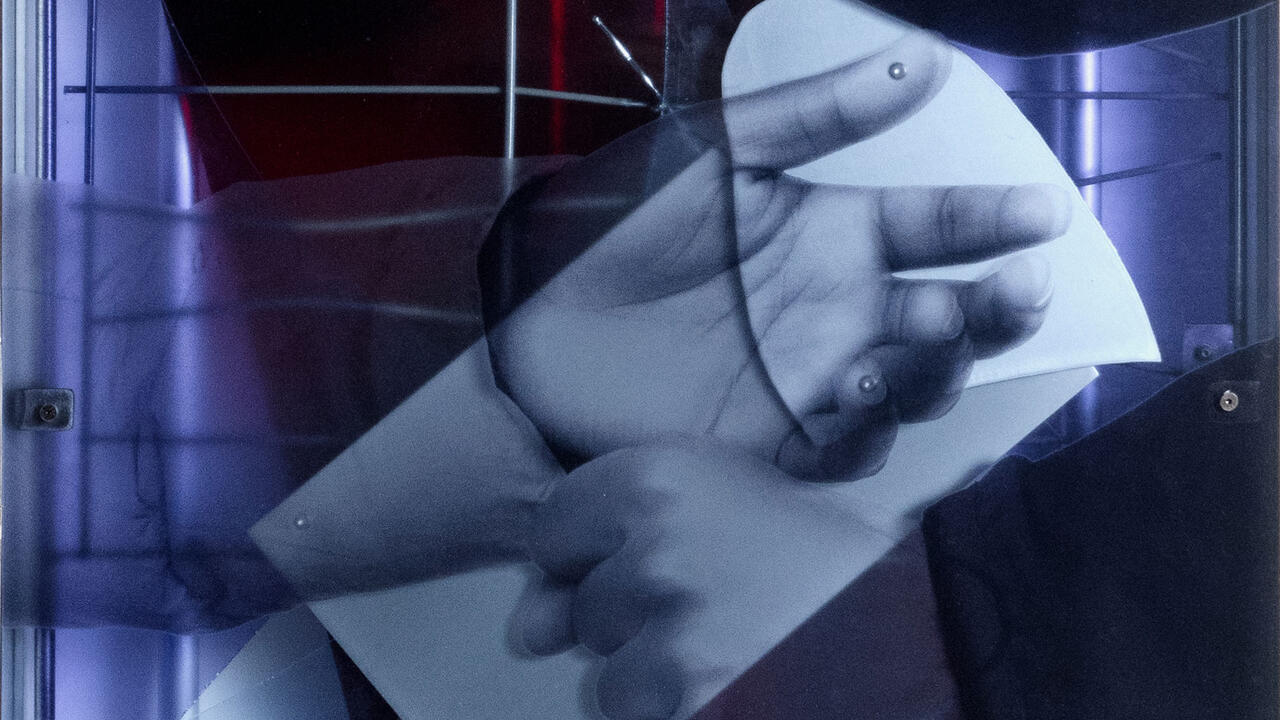Robert Longo on Mark Rothko: ‘A Small Battle Scene Occurs Where the Colours Meet’
The artist visits a once-in-a-generation retrospective in Paris, contemplating Rothko’s pursuit of the sublime and his lasting influence
The artist visits a once-in-a-generation retrospective in Paris, contemplating Rothko’s pursuit of the sublime and his lasting influence

When you say Mark Rothko’s name, it is as if you are speaking of something so big that language cannot contain it. It’s like asking, ‘Where does the universe begin and end?’
On my first viewing of this extensive Rothko survey at Fondation Louis Vuitton, I spent about three hours going from room to room and back again, looking at details up close and then stepping away, losing myself in his works. Co-organized by the foundation’s artistic director, Suzanne Pagé, and the artist’s son, Christopher Rothko, this Herculean adventure of an exhibition establishes the two as curators of epic mysteries. Arranged chronologically, the works increase in intensity as Rothko progressed through various stages of his practice. When the artist first began searching for what would become his classic colour field paintings, between the late 1940s and early 1950s, his handling of paint was gentle, precise, seductive and searching – almost like he was trying to coax something out of the canvas. Then, Rothko’s application became more aggressive. Some of these paintings were screaming. A small battle scene occurs at some edges where the colours meet. At others, the colours gently kiss. To experience in person about 70 of these classic paintings – one of art history’s most iconic bodies of work – is overwhelming. Each painting has its own spotlight, allowing the viewer to experience the singularity of that canvas. And yet, upon stepping back, a spectacular vista of paintings appears. The radiant colours of each work float and interact with one another.

I can’t help but see a horizon line in many of his early works. Is the horizon line the origin of abstraction? The predominantly vertical compositions incite the reverie that one has while staring through a window towards where the sky meets the earth. I think about Rothko’s journey as a ten-year-old from Russia to America, leaning on the railing of the ship, staring out at the sea en route to Ellis Island, New York; the vastness of the ocean is so uncluttered. How poignant that in his last series, the ‘Black and Gray’ paintings (1969–70), he would return to the horizon line, a symbolic coming and going.
Rothko’s horizon line functions as a panorama, leading us beyond the surface of the canvas and beyond the physical realm. His paintings carry so much mystery in their spiritual space. They’re almost like sonnets with a prescribed structure or music with movements and harmonies between the forms. These paintings are not made up of shapes. Rather, they are composed of delineations of colour. The dissolution of forms provides a picture. As a young artist, I worked for the experimental filmmaker Paul Sharits, whose films were primarily flashing colour frames. While handling the film strips, holding them up to the light, the colours would layer on top of one another. To me, Sharits’s translucent film strips resemble Rothko’s paintings.

Rothko’s consideration and awareness of space reflected his first loves: theatre and drama. The paintings are incredibly dramatic, and he amplified this drama by installing his own work, often placing the largest canvases in the smallest rooms. In my own practice, inspired by Rothko, I consider how large-scale art can generate intimacy, consuming the viewer. Rothko reminds us of the objecthood of painting, an entity susceptible to gravity and duration. Place is a vehicle for meaning. Housed in the most extraordinary Frank Gehry building, the Fondation Louis Vuitton is an animated, vibrant cathedral for art that serves as a poetic contrast to the solemnity and stillness of Rothko’s work.
‘Rothko reminds us of the objecthood of painting, an entity susceptible to gravity and duration.’
His paintings feel like pictures of God, a pursuit of the sublime, a journey toward states of being that, try as we may, we cannot rationally comprehend. Rothko’s Jewish origins feel implicit in his work, manifested through his iconoclastic approach – a rejection of the literal representation of God. I can only imagine how his endless pursuit of the sublime, viewed as this struggle between what he felt or knew about the spiritual realm and what he might never know, could have taken a heavy toll on him. It is evident in early works that Rothko was searching for something. Like sensing a thunderstorm off in the distance, I can see in Multiform (1948) a primordial ooze, a yearning to transcend. While it is well known that Rothko was an intellectual, his paintings come from the gut. They are undeniably visceral images of emotion which not only document an experience but also something to be experienced. As Robert Motherwell wrote in his 1970 eulogy to the artist: ‘[...] if Rothko had not existed, we would not even know of certain emotional possibilities in modern art.’

As artists, we make work that reflects our time. In Rothko’s lifetime, he experienced immigration to America, the horrors of World War II, and the dawn of the nuclear age – events that must have influenced his vast expanses of light and colour and imbued his work with the feeling of something ominous. Rothko began one of his final series, his ‘Black and Gray’ paintings in 1969, the same year as the first moon landing, images of which – dark expanse above, grey-textured surface below – I vividly remember on the front page of the newspaper. It makes sense, then, that the lunar landscape appears in Rothko’s final works.
Upon close examination, colour emerges in these paintings out of the moment where black and gray meet. Inspirational to New York-based artists such as Donald Judd, Brice Marden and Pat Steir, these canvases led, I believe, to Minimalism. Rothko’s influence was so extensive, in fact, that he not only impacted West Coast light and space artists, such as Robert Irwin and James Turrell, but also composers and filmmakers like Morton Feldman and Michelangelo Antonioni.

One of the most powerful parts of artmaking is the experience of allowing your mind to drift while working. After the plans and sketches, you execute the task at hand. In this process, the artist’s mind wanders off into subconscious experiences and abstract thoughts; that energy is absorbed into the work and then experienced by the viewer.
Rothko reminds us why one makes art: because words are never enough, and pictures are eternal.
Mark Rothko's retrospective is on view at Fondation Louis Vuitton, Paris, until 2 April 2024
Main image: Mark Rothko, No. 9 / No. 5 / No. 18, 1952, oil on canvas. Courtesy: © 1998 Kate Rothko Prizel & Christopher Rothko - Adagp, Paris, 2023. Writer portrait by Martin Kunze.





















